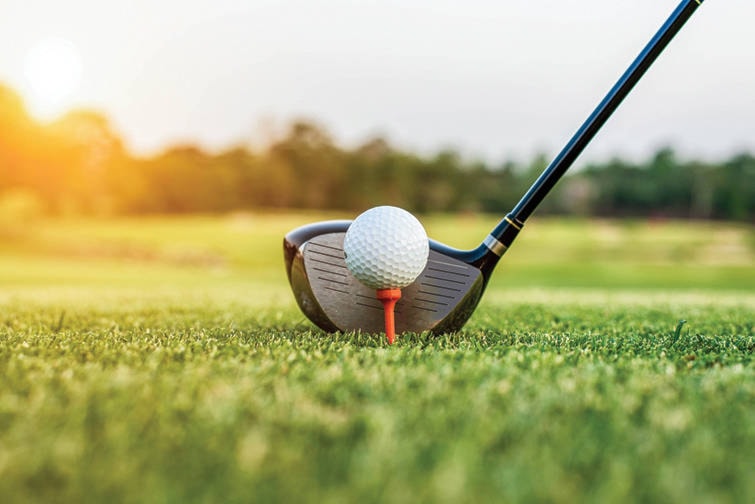Filling in this week for regular columnist Jennifer Greggain is a guest author Cody Stewart, the Director of Athletics at the Chilliwack Golf Academy.
The Senior Open Championship just concluded this past weekend and you may have noticed, if you tuned in, that there was no shortage of distance by much of the field.
You may wonder, ‘Why can these guys still hit it past the best of my drives?’
While these senior golfers age like the rest of us, there are still ways of maintaining clubhead speed necessary to get the distance you’re looking for.
I may be 22 years old and have a lack of experience with these aging factors, but one of the best parts of my job is helping clients fight against these factors and improving performance.
The term ‘old’ should be forgotten when looking at age. A person’s physical capabilities and health are a far better measure.
Yes, I’m saying age is just a number.
Nobody is ‘too old’ to start working on improving their physical function. If you enjoy golf and want to keep playing for years to come, this is a great article to enjoy and share with others.
First things first, let’s discuss some of the factors that play into the loss of clubhead speed related to aging.
The central nervous system (CNS) sends signals to recruit our motor units to carry out the desired movement. These motor units are made up of a motor neuron and the muscle fibers it innervates. With age, the amount of motor units decrease, making generating forceful, fast movements more difficult.
Another major contributor to decreasing clubhead speed is sarcopenia.
Sarcopenia is the term for the loss of muscle size and strength due to the aging process. Muscle power is also lost too, but at twice the rate of muscle strength. Seniors tend to have lower levels of power output along with decreased muscle mass and strength.
The solution is training.
Training is different than recreational exercise and general exercise, and the central nervous system and your muscles are very responsive to appropriate training.
Two types of training that are very beneficial to the aging population are strength training and power training.
Try strength training using exercises involving variations of squats, hip hinges and deadlifts, upper body pushes and pulls work well at 3-6 repetitions moving a load with perfect form.
Power training using variations of medicine ball throws and slams are great for regaining power.
If the thought of training seems a bit scary that is okay, but consider this quote from Bret Contreras; ‘If you think lifting weights is scary, try being weak, being weak is dangerous.’
Lack of education, uninformed media comments, a fear of hurting one’s self and feeling too out of shape often cause people to shy away from training.
Exercise programs should always be scaled to suit the individual. Before beginning a training program it is always important to seek advice from a medical professional, get assessed and consult a well-qualified fitness instructor.
Maintaining fitness, mobility, strength and power are very important parts of not only being able to hit the ball farther but will help you to prevent injury throughout future years.
Reach Cody by email at Cody@chilliwackgolf.com
